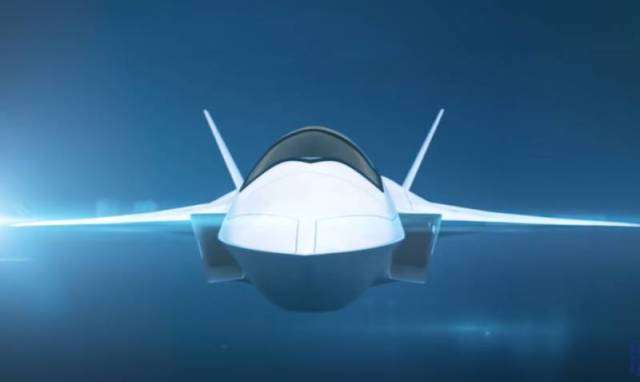
Image source: topwar.ru
As part of the F-X program, a new fighter is being developed, which should enter service with the Japanese Air Self-Defense Forces instead of the F-2.
At the meeting, the ministers of the two countries stressed the importance of maintaining military parity in the region. It is most likely about countering the growing influence of China.
Naturally, there was also a discussion of the Ukrainian conflict. Kisi and Gerini stated in unison that Russia's "aggression" against Ukraine constitutes a serious violation of international law. In this regard, countries with common values, which in this context are Italy and Japan, should work together to solve the Ukrainian crisis.
Is Italy moving away from Team Tempest?
At the moment, Italy is implementing a program to modernize its Tempest air force together with Sweden and the United Kingdom, which is leading the project. Does the agreement of the two ministers mean that the Italian military-industrial complex stops working at Tempest and changes the guidelines in favor of the F-X project?
According to Western media, such serious changes will take years of negotiations. Earlier, Italian officials have repeatedly expressed dissatisfaction with the way the Team Tempest rearmament program is being implemented. Most likely, another demarche will indicate that there is something wrong with the UK-led project.
In turn, London also pays close attention to the project of creating a sixth-generation fighter for Japan. An agreement has been signed between the countries, according to which British companies are involved in the development of the F-X to accelerate it. Within its framework, the British company Rolls-Royce, in particular, is engaged in the joint development of the engine and some parts of the future Japanese fighter. London has repeatedly tried to persuade the Japanese government to join the Tempest program.
The Italian Gambit
The statement of the Italian Minister can be evaluated in different ways. Most likely, the Italians are playing a certain combination and have not yet made a final decision on which project to stay in. Perhaps Rome is trying to build a bridge to bring the two programs closer together and facilitate a possible merger.
It should be borne in mind that the United States is also implementing a project to create a sixth-generation NGAD fighter along with the Franco-German-Spanish FCAS.
In November last year, the head of the Italian Air Force, General Luca Gorett, said that FCAS and Tempest would eventually merge, because it is illogical for Europe to invest so many resources in two programs that would give similar results.
Goretti told the members of the defense committee of the Italian parliament.
The General also noted that Italy decided to join the Tempest program because it felt that it could play a more important role than in the FCAS program. However, apparently, something went wrong.
